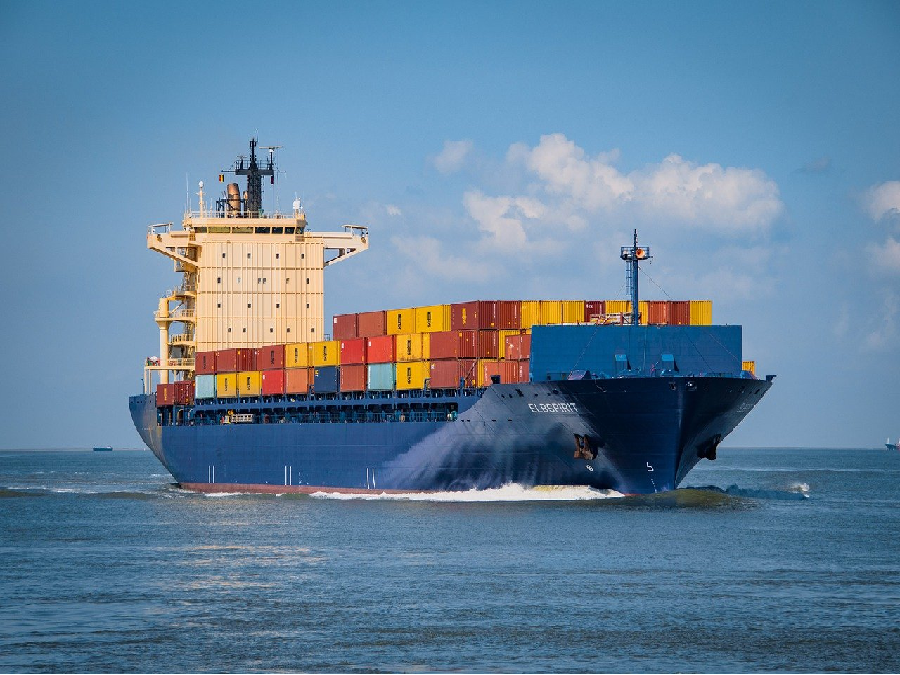
There are clear benefits of using natural gas as fuel in shipping, most notably the environmental benefits related to a reduction in sulphur dioxide to almost zero. There are similar benefits to reduce the quantity of particulate matter and NOx.
However, global engineering, environmental, and strategic consultancy Ricardo notes that there are only around 500 liquified natural gas (LNG) vessels in operation, which is a small fraction of the total number of vessels that are at sea.
Andrea Trevisan, Ricardo strategy and business development lead for marine propulsion, says: “Ricardo is supporting policymakers to understand the topic and to enable them to define appropriate policy for the natural gas supply chain.
“Ricardo is also supporting engine original equipment manufacturers in combustion optimisation and engine development to reduce methane slip in the combustion process, enabling and the CO2 benefit of LNG to be realised.”
Cruise driving demand
The EU Alternative Fuels Infrastructure Directive ensured that its member states incorporated refuelling points for LNG at maritime ports by 2025 and inland ports by 2030. This was beneficial for LNG vessels looking to navigate the trans-European transport network core network.
In addition, the European Commission’s ‘Fit for 55’ policy explored the change through a directive to regulate alternative fuel infrastructure and an emphasis on the provision of shore power supply. It is estimated that around 6% of new ships on order are LNG fuelled, highlighting the recent uptake of LNG. Ricardo attributes a significant amount of this growth to the cruise industry.
How well do you really know your competitors?
Access the most comprehensive Company Profiles on the market, powered by GlobalData. Save hours of research. Gain competitive edge.

Thank you!
Your download email will arrive shortly
Not ready to buy yet? Download a free sample
We are confident about the unique quality of our Company Profiles. However, we want you to make the most beneficial decision for your business, so we offer a free sample that you can download by submitting the below form
By GlobalData“The cruise ship industry has driven this growth as LNG cruise ships enable an improvement in air quality for coastal and port areas with significant reduction in sulphur, particulate matter, and NOx emissions,” says Trevisan.
“The cruise ship industry has driven LNG growth.“
NOx emissions are reduced but not to a significant extent compared to the reduction in sulphur. With regards to CO2, at the point of use in the ship, LNG fuelled engine provide a benefit of up to 20%.
Ricardo notes that these results are aligned with current International Maritime Organisation (IMO) Energy Efficiency Existing Ship Index and Carbon Intensity Indicator measures.
Trevisan says: “LNG has not been more widely adopted because of the higher cost of natural gas compared with the cheaper heavy fuel oil (HFO) or marine diesel oil and because, up until a few years ago, it was not widely available at ports for bunkering.”
LNG is one of many solutions
Further challenges include questions about the impact of ‘fugitive emissions’ – a leakage of methane during the production, distribution, fuelling, and combustion processes.
Another challenge that has been identified is the handling and storage of LNG which could impact cargo volumes. The fuel is stored at -160°C, with a storage volume of over three times the storage volume of HFO.
Trevisan explains: “Today, LNG is considered by some to be a possible transition fuel towards cleaner solutions.
“However, to meet the IMO greenhouse gas emission reduction ambition of 50% by 2050, other fuels and propulsion technology must be considered – such as internal combustion engines fuelled with green ammonia or green hydrogen, fuel cells, and batteries – so that any LNG vessel built today must be designed to allow a cost-effective retrofit in the near future.”
“Any LNG vessel built today must be designed to allow a cost-effective retrofit in the near future.“
Ricardo expects that the expectation of 50% greenhouse gas reduction by 2050 for ships will likely be brought about earlier to 2023, creating further challenges for the introduction of new LNG vessels.
While LNG has demonstrated its benefits as an alternative fuel, it currently falls short of the 2050 IMO targets. Ricardo encourages new designs of vessels to consider future retrofit in anticipation requirements of near zero CO2 solutions.







